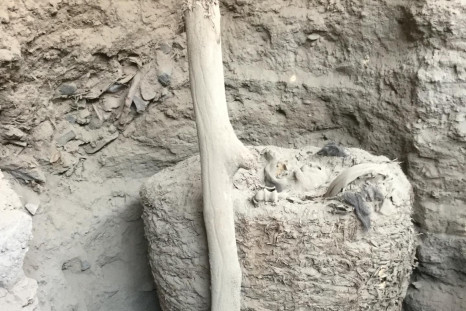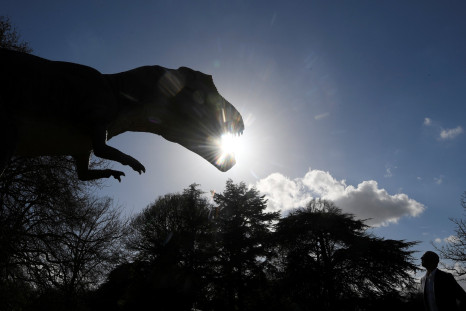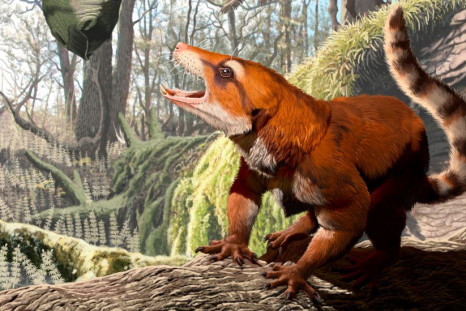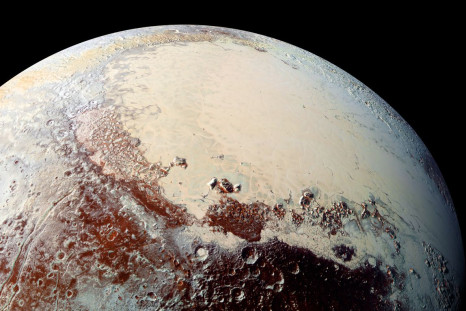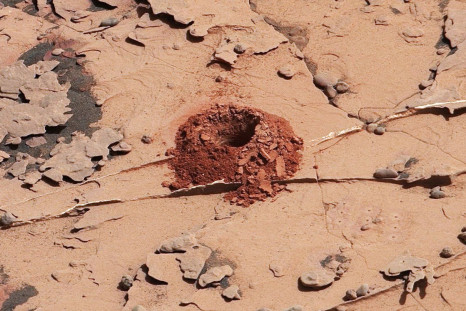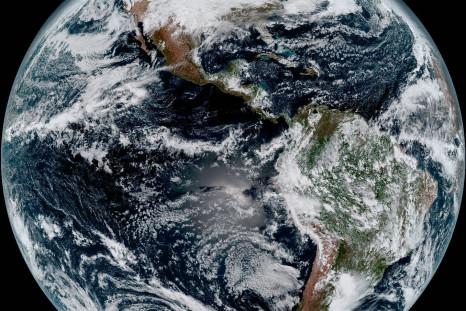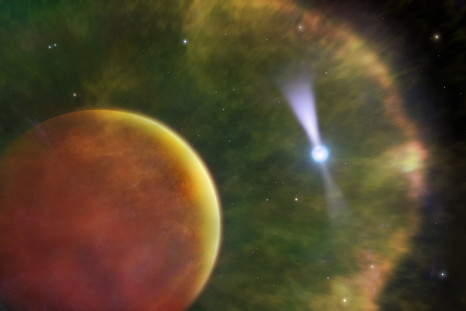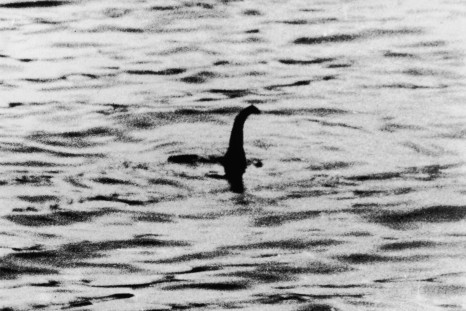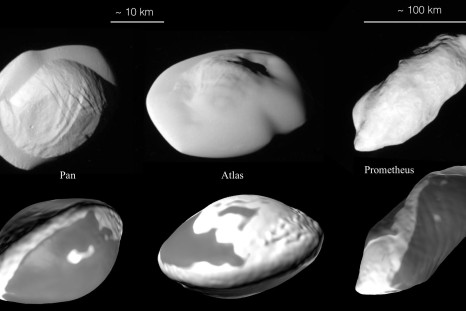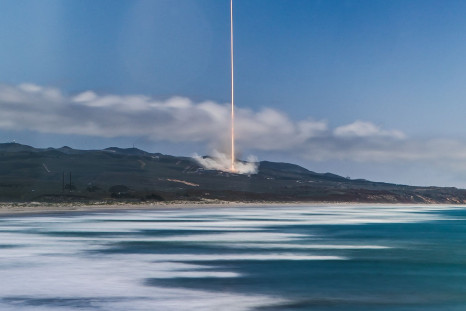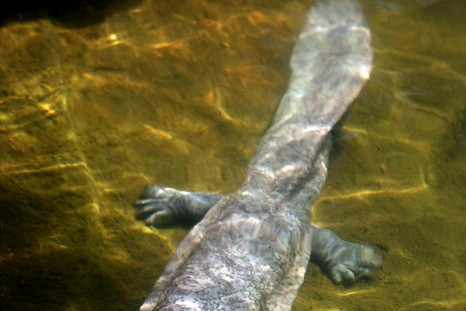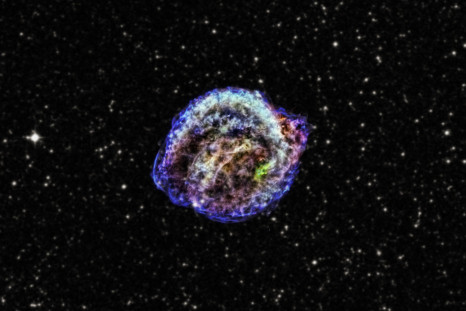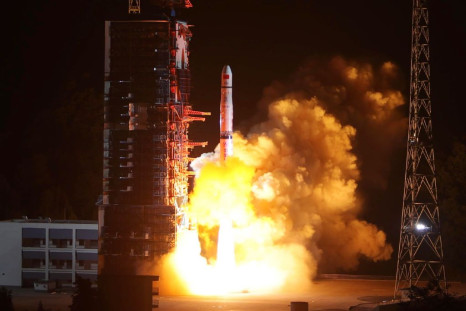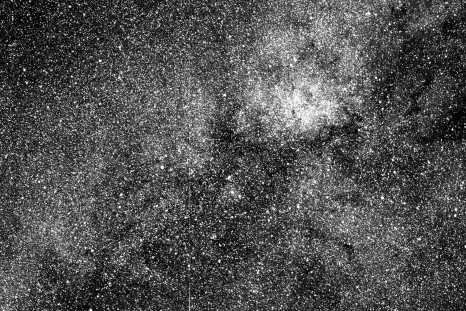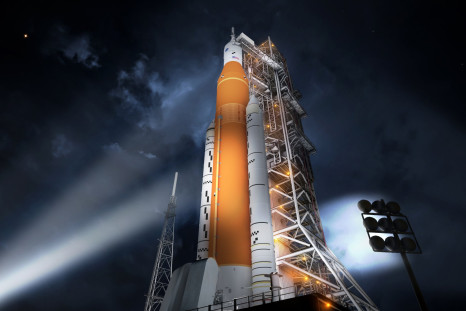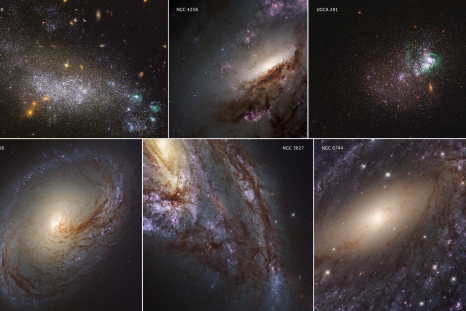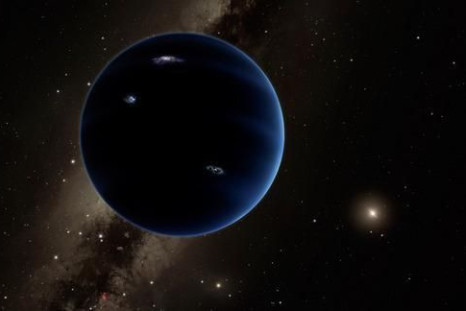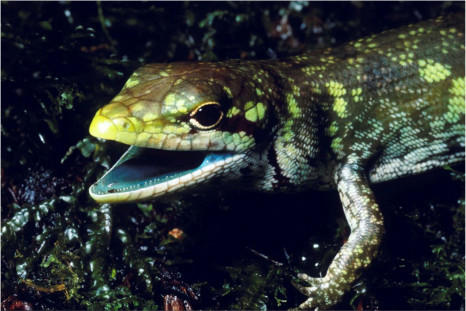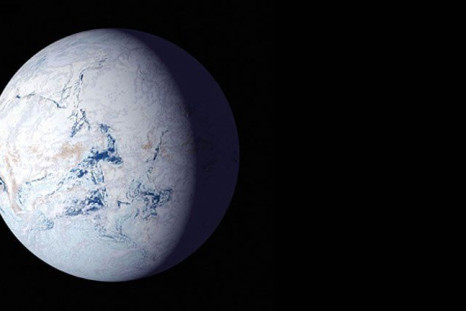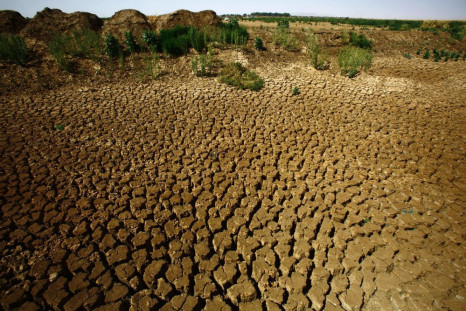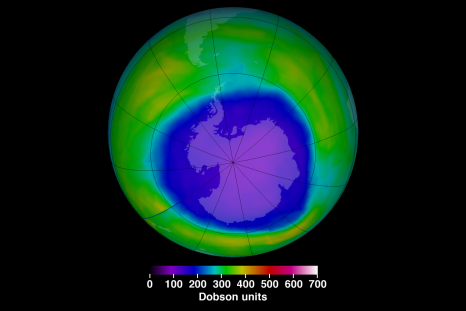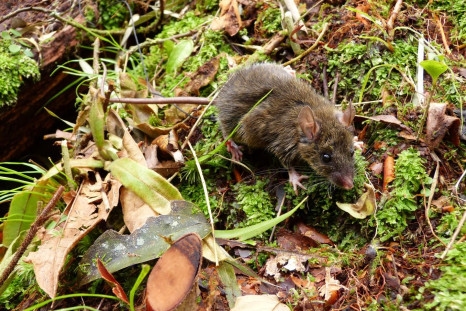Nearly Intact 1000-Year-Old Mummy Discovered In Peru
The team has sent samples for analysis and carbon-14 dating, but their preliminary analysis, considering the tomb and the location of the find, suggests that the mummy was buried sometime around 1000-1200 AD.
New ‘Autophage’ Engine Would Eat Its Rocket's Body For Fuel
The working of the engine relies on a rod with solid fuel on the outside and powdered oxidizer on the inside.
Asteroid That Killed Dinosaurs Caused Global Warming For 1,000 Centuries
According to the research, the surge in CO2 levels was so much after the impact that local seawater temperatures rose by five degrees Celsius for 100,000 years.
130-Million-Year-Old Fossil Suggests Pangaea Supercontinent Split Occurred More Recently Than Thought
The near-complete fossil, discovered in eastern Utah this year, revealed the newly-discovered mammalian species lived during the age of dinosaurs and was almost as big as a modern-day rabbit.
Is Pluto Made Of A Billion Comets Joined Together?
A group of scientists posited this theory after running cosmological models using NASA’s New Horizons data on Pluto and findings of European Space Agency’s Rosetta mission on comet 67P/Churyumov–Gerasimenko.
NASA's Curiosity Rover On Mars Can Once Again Drill Into Rocks
Curiosity's original drilling mechanism went offline in 2016, taking away the vehicle’s critical ability to analyze powder samples from Martian rocks.
NOAA’s New Weather Satellite, GOES-17, Faces Cooling Problem
The satellite ABI instrument photographs Earth in visible and infrared light to detect water vapor and clouds, but in order to perform up to the mark, its detectors have to be cooled.
Distant ‘Black Widow’ Pulsar Seen In Unprecedented Detail, Thanks To Stellar Companion
The observation, which is one of the highest-resolution works in the history of astronomy, was made possible with the help of a cool, lightweight brown dwarf star orbiting just 2 million kilometers away from the pulsar.
‘Loch Ness Monster’ Mystery Could Finally Be Solved With New Expedition
The mystery, one of the greatest in the world, still remains unsolved, but a new expedition launched by an international team of scientists could finally find the answer.
Saturn's Inner Moons Have Weird Shapes, But Why?
The early solar system might have been chaotic for the ringed planets' peculiar moons.
SpaceX Launch Photos: Pre-Flown Falcon 9 Nails Iridium-6, GRACE-FO Mission
Last time, the first stage of this rocket was used for the U.S. Air Force’s classified Zuma mission.
Chinese Giant Salamander: World’s Largest Amphibian Is On The Brink Of Extinction
Their numbers have been declining due to an increase in illegal poaching for human consumption.
Humans Constitute Tiny Portion Of Earth's Life, But Have Destroyed Lots More
Homo sapiens makeup just 0.01 percent of all life on Earth but have destroyed wildlife and plants on an unimaginable scale.
Astronauts To Mars Could Use Anti-Radiation Drug To Prevent Memory Impairment
Once astronauts venture beyond Earth’s magnetic field, they are at risk of being exposed to cosmic radiation 1,000 times higher than what they experience on our planet, which can lead to memory impairment.
Supernovae Might Have Affected Life On Earth Several Million Years Ago
Researchers ran models to see how the cosmic rays from ancient supernovae would have interacted with our atmosphere and affected life on the planet.
Interstellar Immigrant: Asteroid From Another Star System Discovered Around Jupiter
Unlike planets and a vast majority of space objects in the solar system, the newly-discovered asteroid is moving in the opposite direction around sun, in a retrograde orbit.
Magpie Bridge: China Launches Communication Station For Mission To Moon’s Far Side
The magpie bridge will help beam data from the moon's far side to Earth.
NASA To Create Coolest Spot In Universe With Space Lasers
The effort could help scientists understand the quantum properties of atoms at extreme temperatures.
NASA’s TESS Planet Hunter Captures 200,000 Stars In Its First-Ever Image
The satellite will observe different regions of the cosmos over the course of two years in search of exoplanets.
Watch: 3D-Printed Smart Gel Walks, Manipulates Objects Underwater
According to the team behind this gel, the creation might be leveraged to advance soft robotics and develop artificial organs or devices that might inspect deep-sea habitats.
Space Launch System Tubing Contamination Could Delay Rocket’s Maiden Flight
As per the tentative schedule, NASA hopes to launch the Space Launch System on Exploration Mission (EM) 1, its maiden flight, in the latter part of December 2019.
Hubble Catalogs Millions Of Massive Young Stars In Ultraviolet From Nearby Galaxies
The effort would prove critical for understanding formation and development of stars as well as the evolution of galaxies.
Planet Nine: Ghostly Solar System Planet Theories Bolstered By Asteroid Discovery
As per theories, Planet Nine could be 10 times the mass of Earth and 20 times farther from the sun than Neptune.
Weird Lizards In New Guinea Have Green Blood, Muscles, And Bones
Knowing more about their green blood and its benefits could give researchers answers to tackle several diseases and health-related problems.
Habitable Zone Exoplanets Could Become Snowballs, Losing Potential To Host Life
Even if a planet is far enough from its star to support liquid water, it might not be habitable.
NASA Finds Global Freshwater Levels Changed Drastically Over Last 14 Years
NASA used observations from multiple satellites to reveal how freshwater availability is changing, everywhere on Earth.
Banned Ozone-Destroying Chemicals Still In Production, Scientists Baffled
The mysterious source behind this spike is located somewhere around Eastern Asia.
4 Mice Species Evolved On Philippine Island, Smallest Place To Witness Diversification
The find could play a major role in bolstering the efforts towards wildlife conservation.
New Microbe Lineage Discovered In Yellowstone Could Explain Origin Of Life
Some members of the new microbial community thrived in water temperatures around 122 degrees Fahrenheit (50 degrees Celsius), while others needed around 140-170 degrees Fahrenheit (60-76 degrees Celsius) to survive.
Pale Blue Dot And White Companion: NASA's Mars-Bound CubeSat Captures Earth-Moon Duo
The CubeSat, dubbed Wall-E, launched with InSight lander on May 5 and is currently on its way to the red planet.


